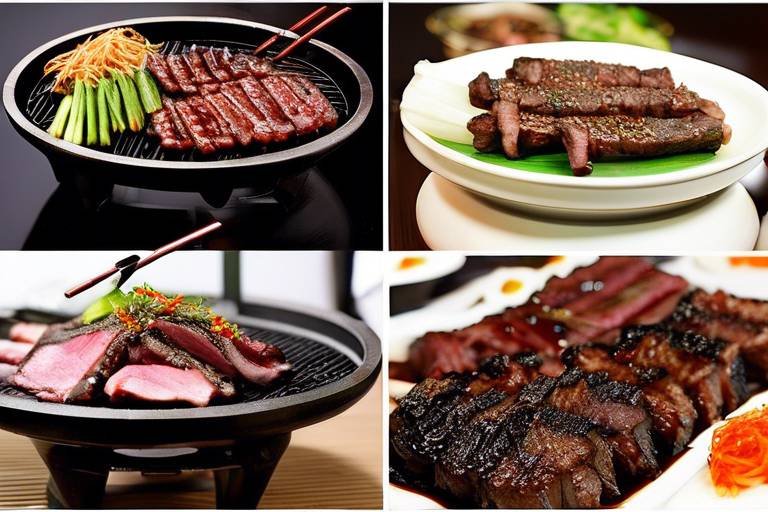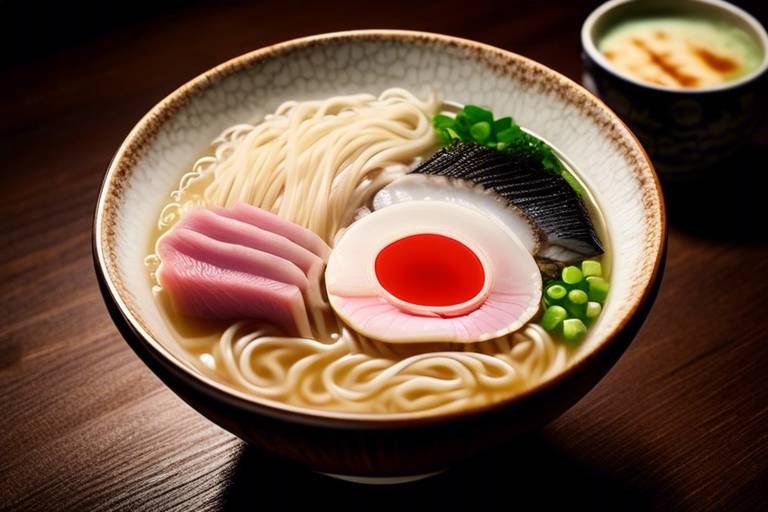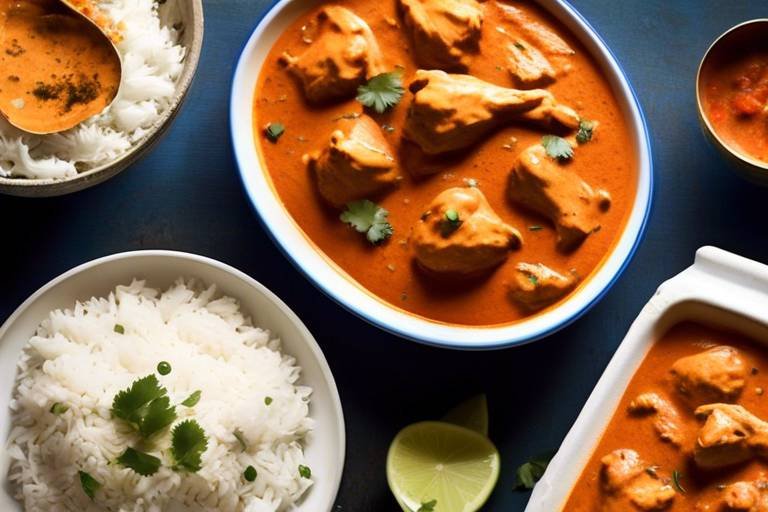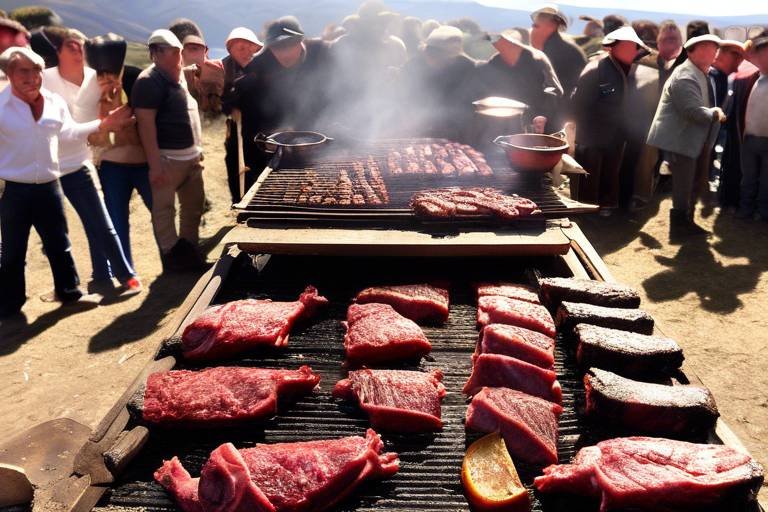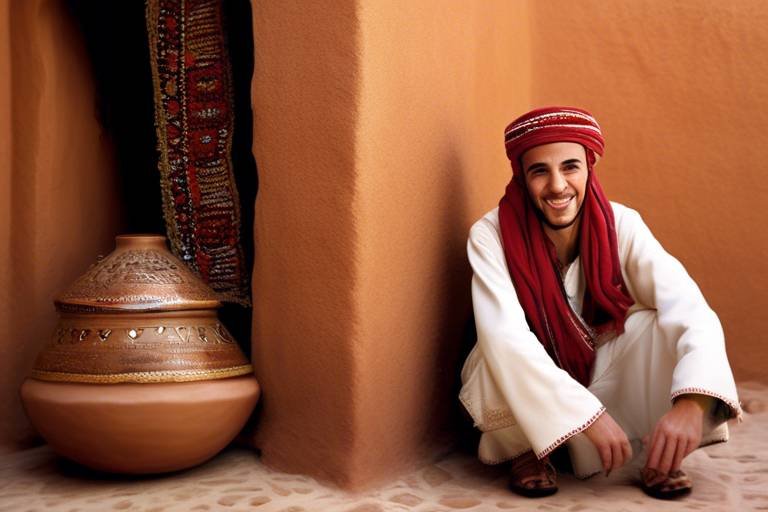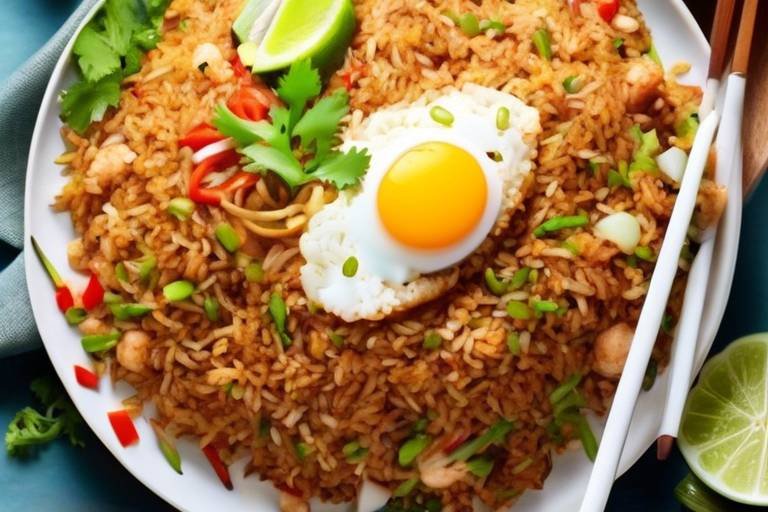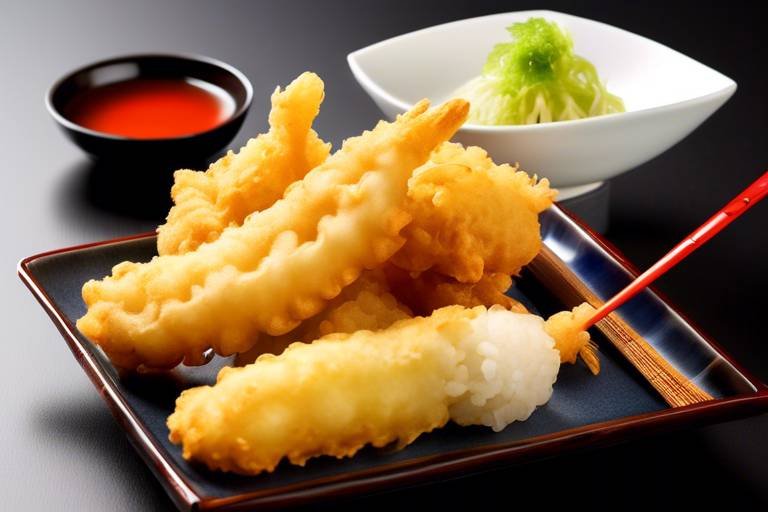The Rich Flavors of Authentic Moroccan Harira
When it comes to Moroccan cuisine, one dish stands out for its rich blend of flavors and aromatic spices - Harira. This traditional Moroccan soup is a culinary masterpiece that has captivated taste buds for generations. The essence of Moroccan culture and heritage is intricately woven into every spoonful of this hearty soup.
Harira's roots can be traced back to ancient Berber and Moorish influences, reflecting a culinary journey that has stood the test of time. Over centuries, this iconic soup has evolved into a beloved staple in Moroccan households, symbolizing warmth, hospitality, and tradition.
The key to Harira's irresistible taste lies in its carefully selected ingredients. From ripe tomatoes to earthy lentils and hearty chickpeas, each component plays a vital role in creating a symphony of flavors. Aromatic spices like cinnamon, ginger, and saffron add depth and complexity to this soul-soothing soup.
Preparing Harira is a labor of love, requiring patience and precision. The process involves soaking and cooking legumes to perfection, then simmering them with a fragrant base of onions, tomatoes, and spices. These time-honored techniques have been passed down through generations, ensuring that each batch of Harira is a work of art.
Across Morocco, Harira takes on various regional adaptations, each showcasing a unique twist on the classic recipe. From the bustling coastal cities to the serene Atlas Mountains, different regions infuse their cultural identity into this iconic soup, creating a tapestry of flavors.
Aside from its delectable taste, Harira boasts a plethora of health benefits. Packed with protein, fiber, and essential vitamins, this wholesome soup nourishes both body and soul. It is no wonder that Harira is a popular choice during Ramadan, providing sustenance and comfort during the holy month.
Serving Harira is a cherished tradition in Moroccan households, especially during special occasions and religious festivals. The soup is often accompanied by dates, chebakia, and other sweet treats, symbolizing abundance and generosity. The act of sharing a bowl of Harira is a gesture of hospitality and community.
In the realm of modern Moroccan cuisine, chefs and home cooks alike have reimagined Harira with creative flair. Innovative ingredients and techniques breathe new life into this timeless dish, offering a contemporary twist on a classic favorite. The evolution of Harira reflects the dynamic nature of Moroccan gastronomy.
While Harira has its roots in Morocco, its popularity transcends borders, captivating food enthusiasts worldwide. From bustling kitchens to fine dining establishments, Harira has found its place on international menus, showcasing the global appeal of Moroccan cuisine. Its rich flavors and cultural significance continue to spark interest and delight palates around the world.
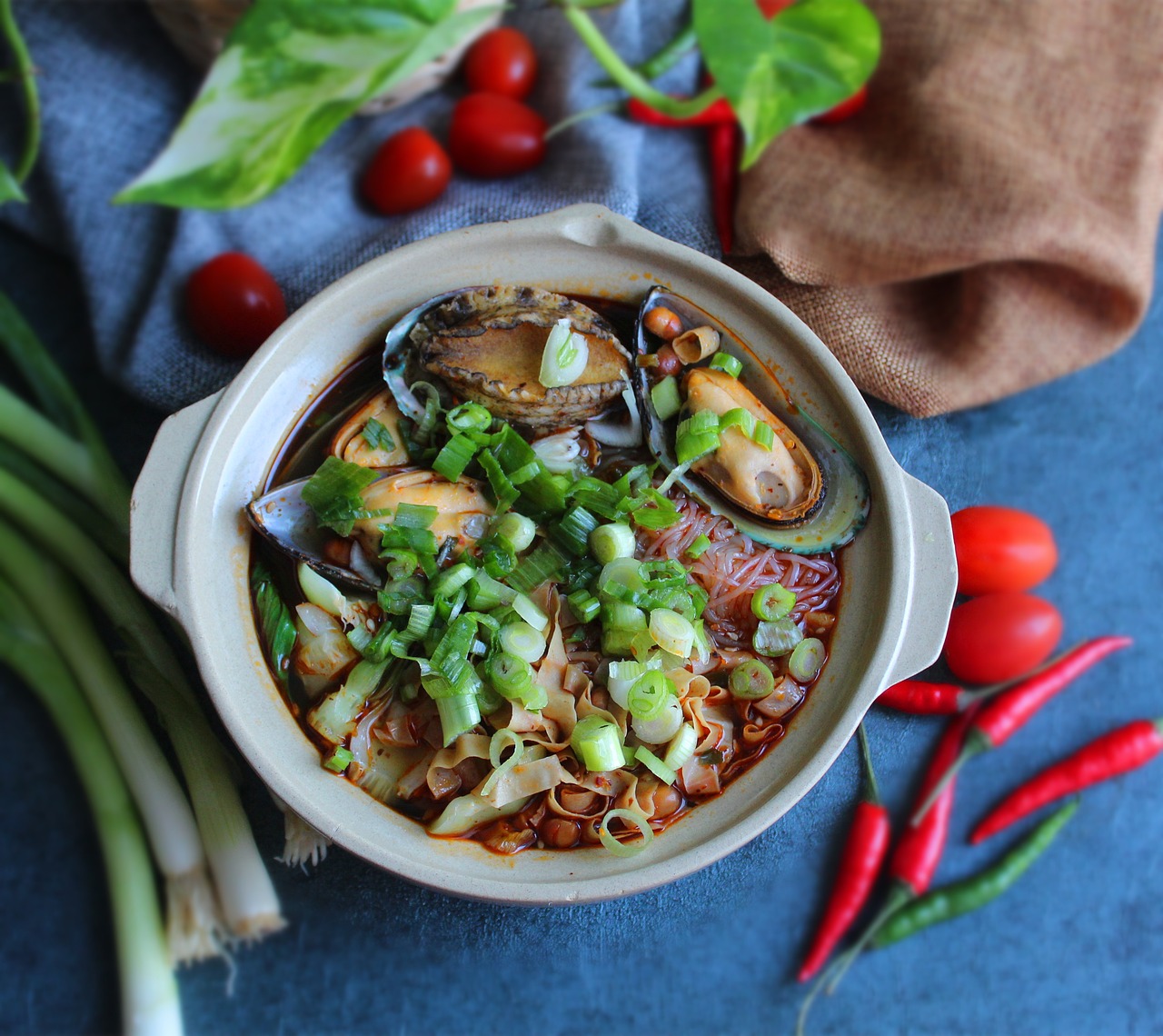
History and Origins
Exploring the traditional Moroccan soup, Harira, known for its rich blend of flavors and spices. Learn about its cultural significance, ingredients, preparation methods, and variations enjoyed across Morocco.
Harira, the iconic Moroccan soup, has a history as rich and diverse as its flavors. Its origins can be traced back to the ancient influences of the Berbers and Moors, who brought their culinary expertise to the region. Over centuries, Harira has evolved into a symbol of Moroccan cuisine, blending traditions and techniques passed down through generations.
The roots of Harira run deep, reflecting the cultural tapestry of Morocco. It embodies a fusion of flavors and techniques, with each ingredient telling a story of the land it comes from. From the hearty legumes to the fragrant spices, every component plays a vital role in creating the harmonious taste that defines Harira.
As Morocco's culinary landscape evolved, so did Harira, adapting to the changing times while staying true to its heritage. Today, this soul-warming soup continues to be a staple in Moroccan households, cherished for its comforting qualities and symbolic significance.
Exploring the history of Harira is like unraveling a culinary tale that weaves together the past and the present, offering a glimpse into the vibrant tapestry of Moroccan culture.

Key Ingredients
When it comes to the rich and authentic flavors of Moroccan Harira, the key ingredients play a crucial role in defining its taste and aroma. At the heart of this traditional soup are a harmonious blend of components that come together to create a culinary masterpiece.
Tomatoes, with their vibrant color and tangy sweetness, form the base of Harira, providing a rich and robust flavor profile. Lentils and chickpeas add a hearty texture to the soup, making it satisfying and nutritious. These legumes not only enhance the consistency of Harira but also contribute to its high protein content, making it a wholesome meal.
One of the defining characteristics of Harira is its aromatic spices, which elevate the dish to a whole new level. Cinnamon, with its warm and earthy notes, adds a subtle sweetness, while ginger brings a zesty kick to the soup. The inclusion of saffron, known as the "golden spice," imparts a luxurious touch and a distinctive flavor that sets Harira apart.
Additionally, the use of onions, garlic, and fresh herbs like cilantro and parsley adds depth and complexity to the flavor profile of Harira. These ingredients work in harmony to create a symphony of tastes that is both comforting and invigorating.
By combining these essential elements in precise proportions, Moroccan Harira achieves a perfect balance of flavors, making it a beloved dish that embodies the culinary heritage of Morocco.

Preparation Techniques
When it comes to preparing Harira, the traditional Moroccan soup, one must follow a meticulous process that ensures the perfect blend of flavors and textures. The for Harira are deeply rooted in tradition, with each step playing a crucial role in creating this hearty and aromatic dish.
To start, the process often begins with soaking the lentils and chickpeas overnight, allowing them to soften and absorb moisture, which ultimately enhances their taste and texture when cooked. This step is essential for achieving the desired consistency of the soup, as the legumes play a significant role in adding depth and richness to the dish.
Next, the base of the soup is created by sautéing a mixture of onions, tomatoes, and spices in a pot, releasing a fragrant aroma that sets the foundation for the flavors to come. The combination of aromatic spices such as cinnamon, ginger, and saffron adds a layer of complexity to the soup, infusing it with warmth and depth.
As the base simmers and the flavors meld together, the soaked legumes are added to the pot, along with additional vegetables like celery and parsley, further enhancing the nutritional profile and taste of the soup. The slow cooking process allows all the ingredients to harmonize, resulting in a rich and satisfying broth.
One of the defining characteristics of Harira is its thick and velvety consistency, achieved through careful cooking and occasional stirring to prevent sticking and ensure even distribution of flavors. The soup is typically simmered for an extended period, allowing the ingredients to fully develop their taste and texture.
Throughout the cooking process, it is common to adjust the seasoning and spices to taste, ensuring that the soup reaches the perfect balance of savory, sweet, and aromatic notes. The final touch often involves a squeeze of fresh lemon juice or a sprinkle of chopped cilantro to brighten the flavors and add a refreshing zing.
Overall, the for Harira are a labor of love, requiring patience, attention to detail, and a deep appreciation for the culinary traditions of Morocco. Whether enjoyed during Ramadan as a nourishing meal to break the fast or served on special occasions to celebrate with loved ones, Harira embodies the spirit of Moroccan hospitality and culinary artistry.
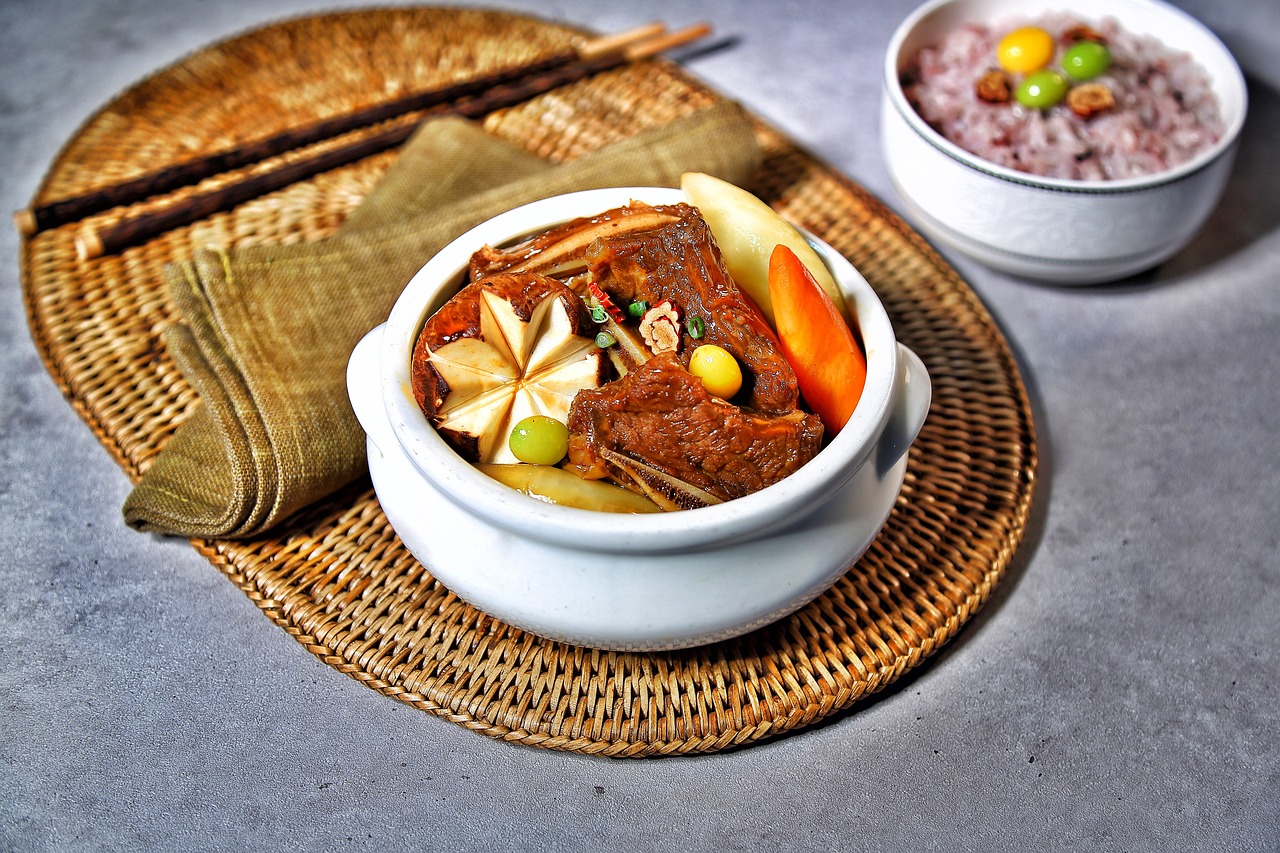
Regional Variations
When it comes to Harira, the traditional Moroccan soup, one cannot overlook the fascinating that add a unique touch to this beloved dish. Across Morocco, different regions have put their own spin on the classic recipe, resulting in a delightful array of flavors and textures that reflect the diverse culinary landscape of the country.
Along the coastal cities of Morocco, Harira often features an abundance of fresh seafood, infusing the soup with a briny essence that sets it apart from inland versions. The addition of shrimp, fish, or clams brings a maritime twist to the hearty base of tomatoes, lentils, and chickpeas, creating a fusion of land and sea flavors.
In the Atlas Mountains region, Harira takes on a heartier profile, with the inclusion of lamb or beef adding a rich depth to the soup. Slow-cooked meat imparts a robust flavor that marries beautifully with the fragrant spices, resulting in a comforting and satisfying dish perfect for the mountainous terrain.
Heading towards the Sahara Desert, Harira undergoes a transformation influenced by the nomadic traditions of the region. Here, dried fruits like dates and apricots find their way into the soup, adding a subtle sweetness that balances the savory elements. The desert version of Harira is a testament to adaptability and resourcefulness in a harsh environment.
Moreover, in the bustling urban centers of Morocco, Harira embraces a modern flair with innovative ingredients and presentation styles. Chefs in cities like Marrakech and Casablanca experiment with fusion cuisines, incorporating global influences while staying true to the essence of this iconic soup.
Each regional variation of Harira tells a story of local traditions, geographical influences, and creative culinary expressions, showcasing the rich tapestry of Moroccan gastronomy. Whether enjoyed by the coast, in the mountains, amidst the desert sands, or within the vibrant cityscape, Harira continues to captivate taste buds and hearts across the diverse landscapes of Morocco.

Health Benefits
When it comes to the health benefits of authentic Moroccan Harira, this traditional soup packs a nutritious punch that goes beyond its delicious taste. Packed with a variety of essential ingredients, Harira offers a range of advantages that contribute to overall well-being.
One of the key benefits of Harira is its high protein content, thanks to ingredients like lentils and chickpeas. Protein is essential for muscle repair and growth, making this soup a satisfying and nourishing option for those looking to boost their protein intake.
In addition to protein, Harira is rich in fiber, which plays a crucial role in digestion and maintaining a healthy gut. The combination of legumes and vegetables in this soup provides a good amount of dietary fiber, promoting digestive health and keeping you feeling full and satisfied.
Moreover, Harira is a powerhouse of essential vitamins and minerals, including vitamin C, vitamin A, iron, and potassium. These nutrients are vital for various bodily functions, from boosting immunity to supporting heart health and energy production.
During the holy month of Ramadan, Harira is a popular choice for breaking the fast due to its nourishing properties. The combination of protein, fiber, and nutrients in this soup helps replenish energy levels and provides a balanced meal to sustain individuals throughout the day.
Overall, incorporating Harira into your diet can be a flavorful way to boost your nutritional intake and enjoy a wholesome dish that not only tastes great but also offers a range of health benefits.
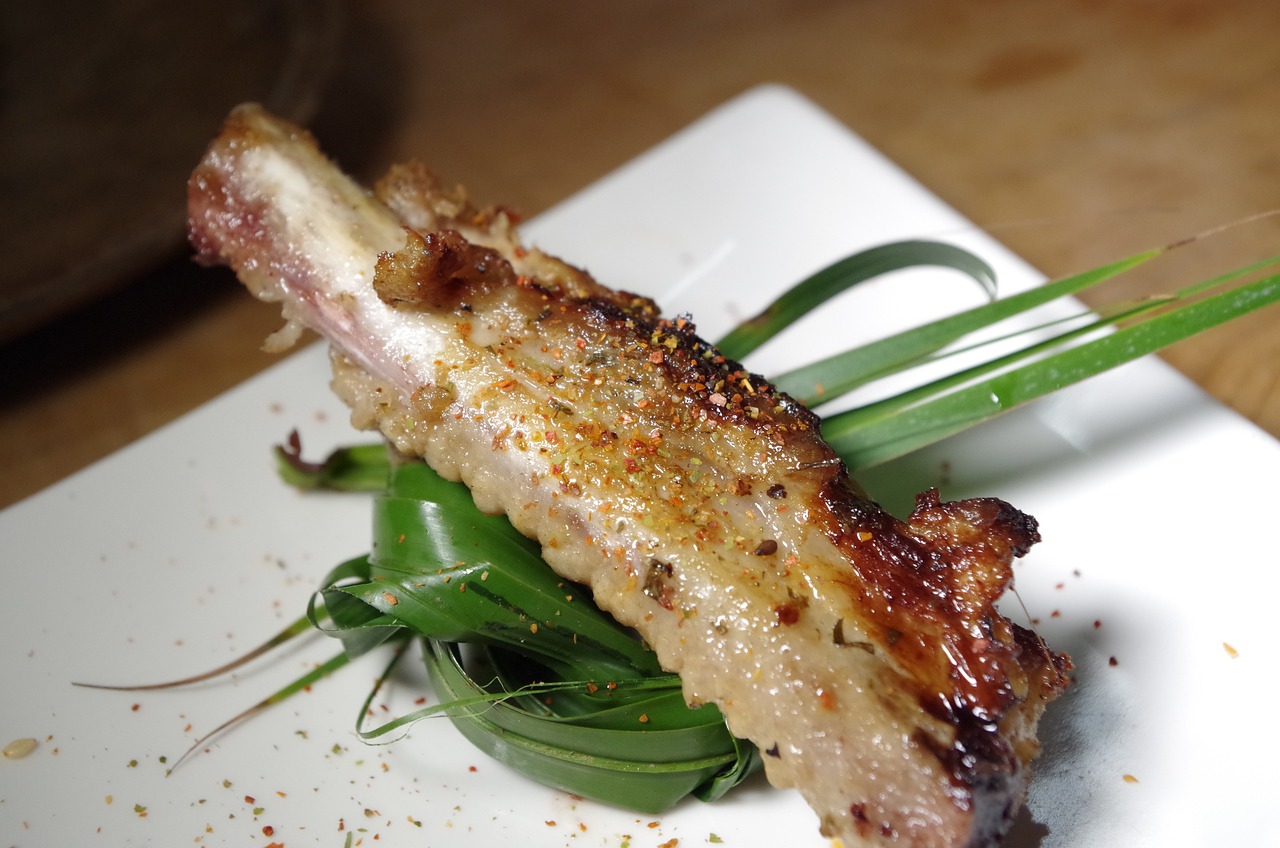
Serving Traditions
When it comes to serving Harira, a traditional Moroccan soup, there is a deep-rooted cultural significance attached to the experience. This flavorful soup is not just a dish but a symbol of hospitality and togetherness in Moroccan households. The serving of Harira is often associated with special occasions, family gatherings, and religious festivals, with Ramadan being a particularly significant time.
During Ramadan, Harira holds a special place as it is traditionally consumed to break the fast at Iftar, the evening meal. The steaming bowl of Harira, accompanied by dates and chebakia, is a cherished sight on the dining table, marking the end of the day's fasting. This tradition of serving Harira during Ramadan reflects the communal spirit and shared values of the Moroccan people.
When Harira is served, it is not merely about the food itself but the rituals and customs that accompany the meal. The act of sharing a meal of Harira signifies unity and generosity, with hosts often preparing large quantities to ensure that everyone is well-fed. The soup is typically enjoyed with crusty bread, adding a textural contrast and enhancing the overall dining experience.
Furthermore, the serving of Harira is a multi-sensory experience, engaging not just the taste buds but also the sense of smell and sight. The aroma of spices wafting from the pot, the vibrant colors of the vegetables, and the hearty texture of the soup create a feast for the senses. Each spoonful of Harira is a journey through layers of flavor, evoking memories of tradition and warmth.
While the basic recipe of Harira remains consistent, there are subtle variations in serving traditions based on regional preferences and family recipes. Some may choose to garnish the soup with fresh herbs like cilantro or parsley, while others might add a squeeze of lemon for a citrusy kick. These personal touches reflect the individuality and creativity that are integral to Moroccan cuisine.
In Moroccan culture, the act of serving Harira goes beyond nourishment; it is a gesture of love and care towards guests and loved ones. Whether enjoyed in a bustling market stall or a cozy home setting, the serving of Harira embodies the spirit of hospitality that defines Moroccan culinary traditions.
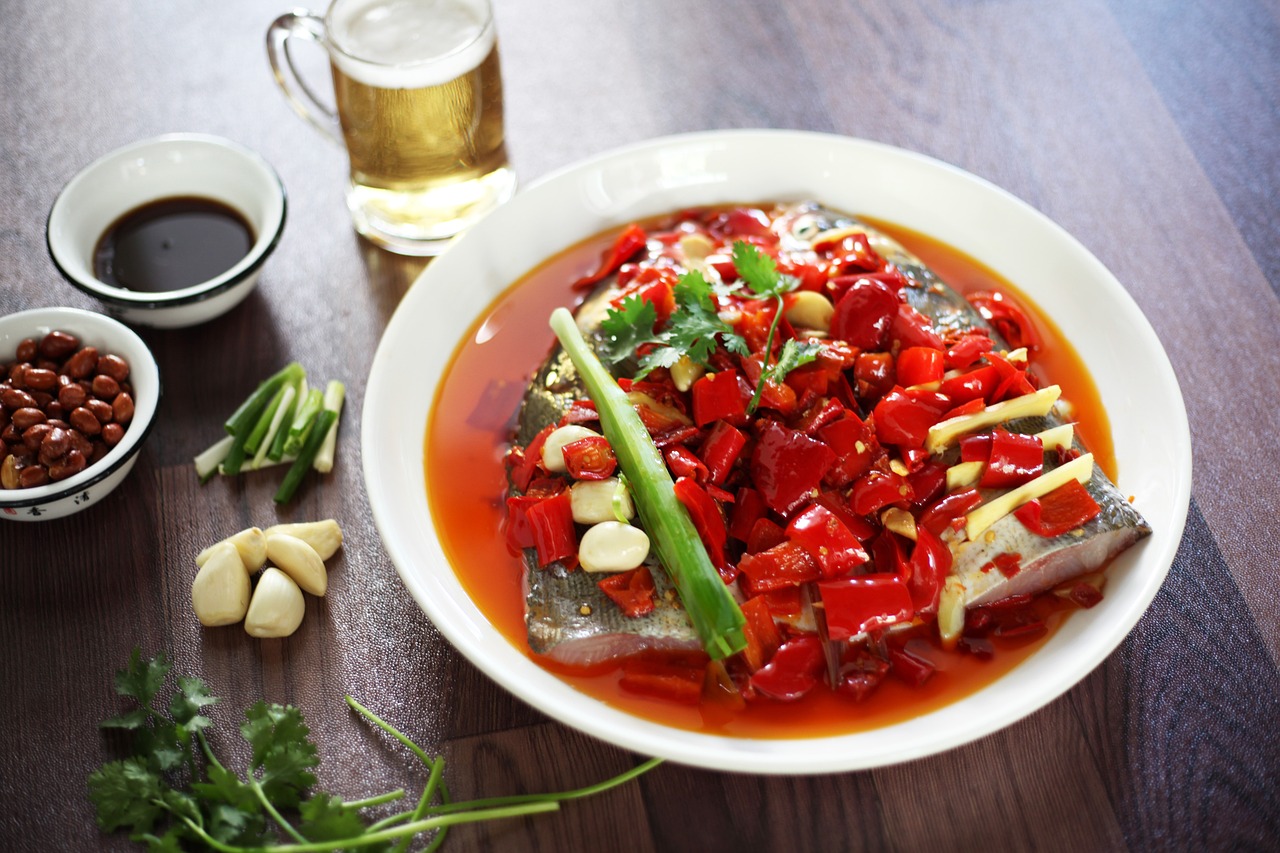
Modern Interpretations
Modern Interpretations of Moroccan Harira showcase the creative evolution of this traditional dish in contemporary culinary practices. Chefs and home cooks alike are experimenting with innovative ingredients and techniques to offer a fresh take on the classic recipe. While respecting the core flavors and essence of Harira, these modern interpretations introduce new elements that tantalize the taste buds and surprise the senses.
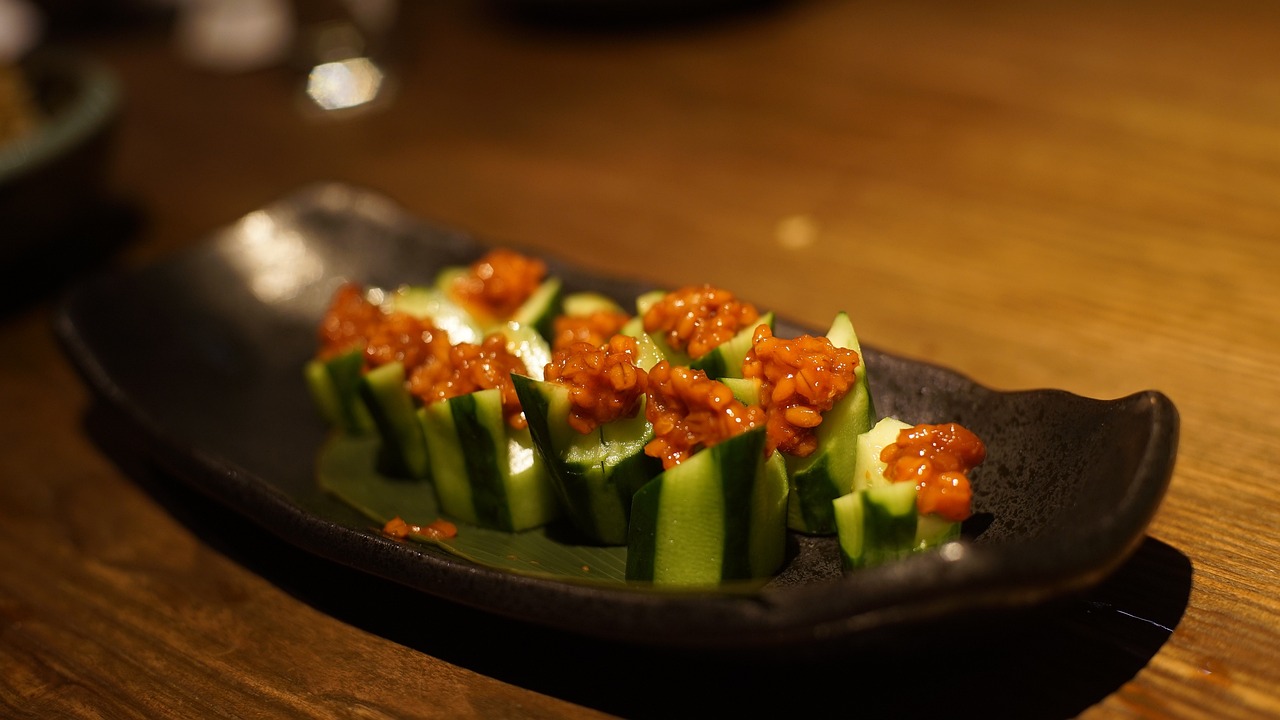
Harira Around the World
When it comes to Harira, its influence extends far beyond the borders of Morocco. This iconic soup has garnered a global following, captivating the taste buds of food enthusiasts and chefs worldwide. The rich flavors and aromatic spices of Harira have found their way into international culinary scenes, where it continues to be appreciated for its depth of taste and cultural significance.
Across the world, Harira has been embraced for its comforting and nourishing qualities. Its popularity can be attributed to the harmonious blend of ingredients that create a symphony of flavors in every spoonful. From the heart of Morocco to kitchens around the globe, Harira has transcended its origins to become a beloved dish cherished by many.
Food lovers in various countries have put their own spin on Harira, incorporating local ingredients and culinary techniques to create unique interpretations of this traditional soup. Whether it's a touch of regional flair or a modern twist, the essence of Harira remains intact, showcasing the versatility and adaptability of this timeless recipe.
Restaurants and chefs worldwide have introduced Harira to diverse palates, inviting diners to experience a taste of Morocco wherever they may be. The global appeal of Harira speaks to its universal charm and the ability of food to transcend borders, bringing people together through a shared love of flavorful cuisine.
Frequently Asked Questions
- What is Harira?
Harira is a traditional Moroccan soup known for its rich blend of flavors and spices. It is a hearty dish enjoyed across Morocco, especially during special occasions and religious festivals like Ramadan.
- What are the key ingredients in Harira?
The key ingredients in Harira include tomatoes, lentils, chickpeas, and a mix of aromatic spices like cinnamon, ginger, and saffron. These components come together to create the distinctive taste of this flavorful soup.
- How is Harira traditionally prepared?
Harira is prepared by soaking and cooking legumes, creating a flavorful base with onions, tomatoes, and spices. The soup is simmered to perfection, following traditional methods passed down through generations in Moroccan cuisine.
- What are the health benefits of Harira?
Harira is packed with protein, fiber, and essential vitamins, offering nutritional advantages. It is considered a wholesome dish that contributes to overall well-being, making it a popular choice during Ramadan for its nourishing properties.
- Are there regional variations of Harira?
Yes, there are diverse regional adaptations of Harira found across Morocco, each with its unique twist on the classic recipe. Different regions put their own stamp on this iconic soup, adding variations to suit local tastes.


